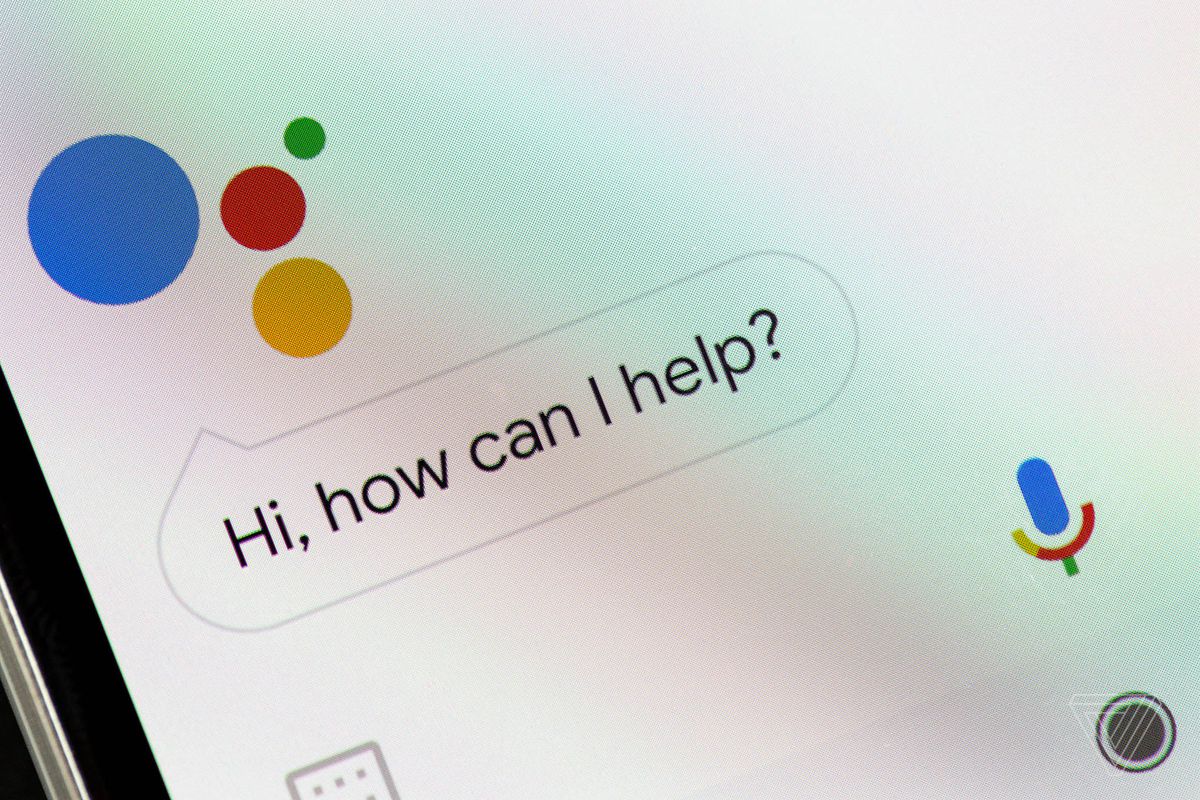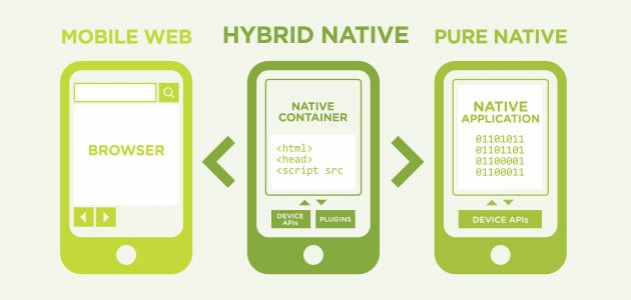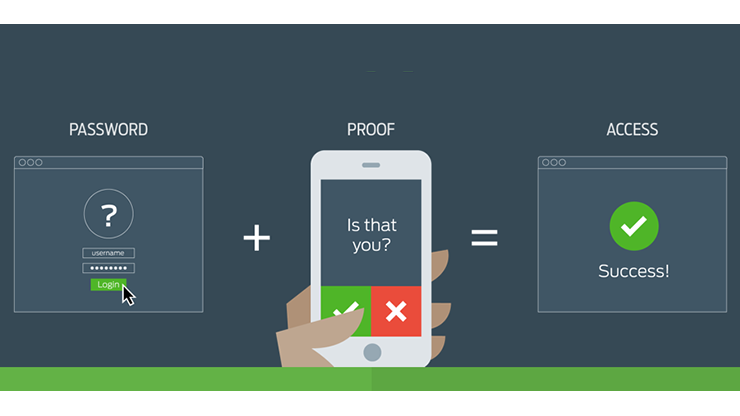1. AUGMENTED REALITY

Augmented reality (AR) is used to describe a real world environment where computer-generated components are used to enhance what we can see through a camera and in recent years, this technology has been booming with popularity.
Not only is AR frequently utilized in entertainment apps, but has also been prominent in education and in many types of sporting events.
For example, in popular social media apps today such as Snapchat, Instagram and Pokemon Go, AR has helped provide a fresh and interactive experience by enriching a plain image with 3D animations, fancy text and funky filters. By differentiating themselves from the other apps offered on the market, this technological feature has helped them stand out in a unique way and appeal to users of all ages especially to the younger generation who are more updated with the latest technologies.
2. ARTIFICIAL INTELLIGENCE

In the past few decades, artificial intelligence (AI) has been featured in many technological advancements including machine learning, language processing, automation and much more. With the rapid and continuous growth of AI, big name companies have been adding this feature into their mobile apps with notable success such as Amazon’s Alexa and Apple’s face recognition software.
Not only does AI make apps more intuitive but it also helps deliver a better user experience as all your information is funnelled through algorithms in order to create suggestions tailored to your interests and location. If your company is looking to be at the pinnacle of innovation, consider incorporating AI into your mobile app or fear being left behind.
3. HYBRID DEVELOPMENT

In hybrid development, popular coding languages such as javascript are used and only one code base needs to be written as the utilized framework will neatly wrap everything together in a view which can then be displayed in their respective native android and iOS environments. Over the past few years, there has been a tremendous increase in companies willing to create hybrid mobile apps.
This is thanks to the cross-platform capabilities offered by hybrid development and how apps can be launched onto the Google Play Store and Apple App Store with minimal resources. Furthermore, apps are not locked to their respective hardware/software and have access to additional features through plug-ins.
On the other hand, native app development is extremely expensive as they can only be built for one platform at a time; however, they will always be preferred by companies who strive to deliver the best user experience with raw speed. This has created a fierce competition between tech giants, where they are racing to create a hybrid development framework that can provide cross-platform capabilities while also keeping up with the speed of an optimized native app.
Popular mobile development frameworks such as React-Native and Ionic have been leading this race and it will be interesting to see which one will dominate the market in the near future or if a new contender will step up their game and be willing to compete.
4. TWO-FACTOR AUTHENTICATION

With Two-Factor Authentication (2FA), users are prompted to verify a login attempt was intended by entering a pin through their phone or email that is linked to their account. In modern society, our data is our identity and with more than 5 billion unique mobile phone users with an increase of 4% per year, data security is critical and more important than ever.
Thus, many web and mobile applications such as Gmail and Steam have been using 2FA in order to verify a user’s identity either during log in or whenever suspicious activities occur on their account such as an IP address change. With data breaches and account phishing attempts occurring daily in our modern society, this extra layer of protection will enable companies to fend off cybercrime and offer tighter security.
5. BLOCKCHAIN

With blockchain evolving at a rapid pace, many companies and startups have been incorporating this technology into their mobile applications creating what is known today as DApps (decentralized applications). Blockchain is decentralized because multiple devices that are connected with one another will store the same copy of data packed into blocks chained together.
Hence, what we call a Peer to Peer (P2P) network is formed and has revolutionized how companies control financial risks and protect user data. In 2008, this technology helped spawn the beginning of cryptocurrency and in present time, mobile applications such as Fold, allows you to spend bitcoin in the real world.
In order to tamper with the data present in a blockchain, one would need to have access to over half of the decentralized nodes containing copies of the data and an enormous amount of computing power to even attempt a hack. If less than half of the blockchains are manipulated, then they are simply ignored as only the majority will be trusted.
These amazing features have drawn developers and companies into utilizing blockchain technology, and in the near future, we can expect this trend to get bigger and better.

